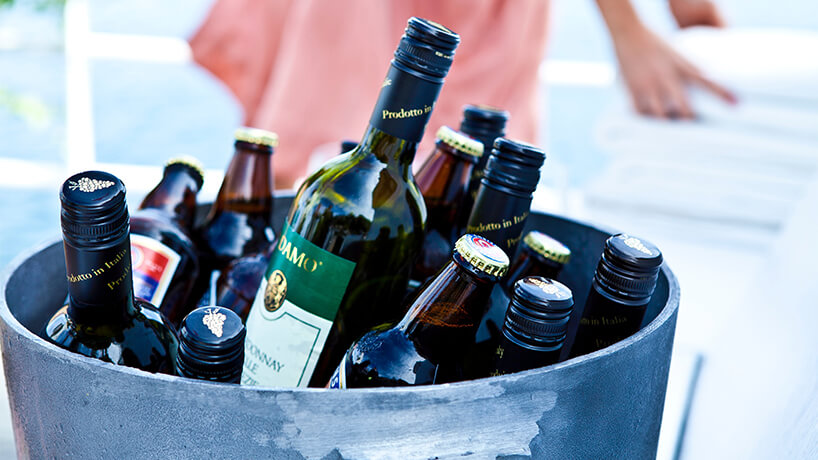Author: David McMillin
Go ahead. Order another round. It might be just what you need to get your creative juices flowing, according to a new academic study.
The next time your boss asks you to come up with some new ideas, you might want to consider closing your computer, turning off the lights in your office, and heading somewhere for a drink. It’s not an opportunity to forget about the frustrations of your job, either. According to a study conducted by Professor Andrew Jarosz at Mississippi State University, booze might unlock your brain’s creative corners. The study involved serving vodka-cranberry cocktails to 20 participants until their blood alcohol levels approached the legal driving limit — .08 — and then asking them to solve a number of word-association problems.
For example, what word relates to these three terms: duck, dollar, and fold? If you’re reading this sober, you might struggle to find the correct answer — bill — while someone who has enjoyed a few drinks could deduce the connection. Jarosz’ research found that inebriated participants solved 13 to 20 percent more problems than sober participants. The almost-drunk participants also did what most professionals want to do: work faster. They submitted their responses faster than those who were drinking regular cranberry juice.
“We think that creative problem-solving is one area in which a key effect of drunkenness — loss of focus — is a good thing,” Jarosz said in an interview with Harvard Business Review Senior Editor Alison Beard. “Of course, in many other areas — from working through a complicated math problem to operating heavy machinery — sober control of attention remains very important.”
Full disclosure: I have opened a beer at my computer. Writing an article does not fall under the heavy machinery category. (It’s an IPA with an alcohol-by-volume of 7.3 percent. I do not like vodka.) However, my Googling has landed me on another academic’s perspective that casts some doubt on the benefits of drinking. The limited sample size — all men between the ages of 21 and 30 — seems like a potential problem. “One must not draw conclusions from such a small study,” Dr. Daniel Blazer, a professor of psychiatry and behavioral sciences at Duke University, told John Bonazzo at Observer. “Random error could easily have led to the results.”
For now, I’m not going to dump this beer down the drain. It seems like it might provide a creative spark for the rest of my afternoon of work. However, I’ll return to this article with a clear head to edit.
“If you need to think outside the box, a few happy-hour drinks or a martini at lunch could be beneficial,” Jarosz said. “But I wouldn’t close the bar out, because if you get your blood alcohol level too much beyond .08, you probably won’t be very useful. And you might have trouble screening out terrible ideas.”
And if you prefer to steer clear of extra cocktails, there are, of course, plenty of ways to be creative without pouring any liquid. Check out this interview with Phil Hansen, one of the speakers at the PCMA Education Conference, for some advice.

